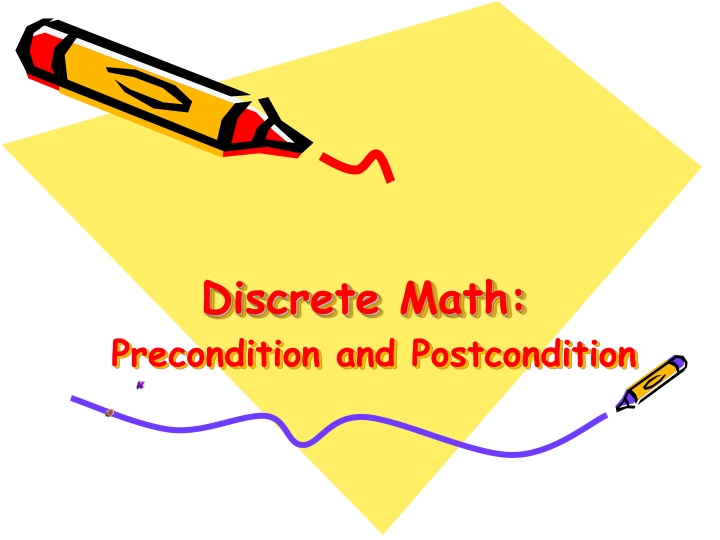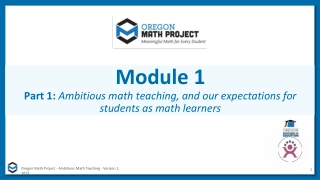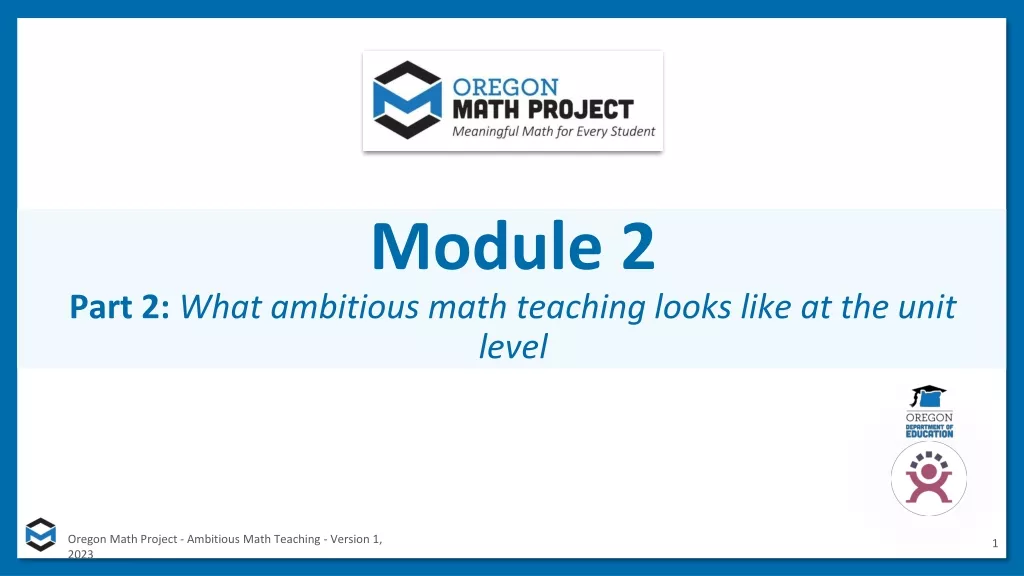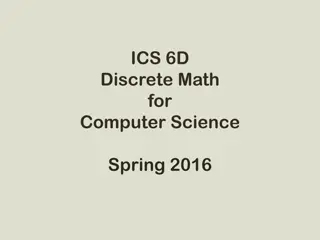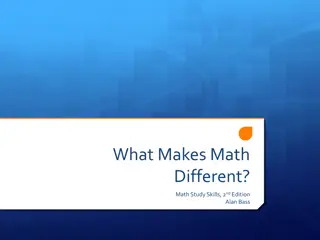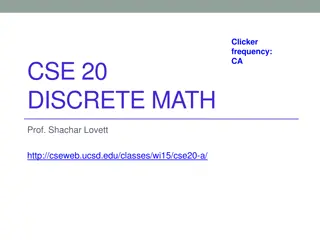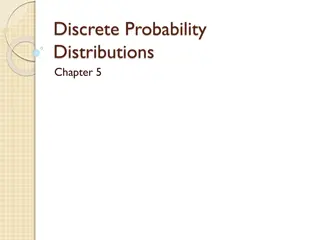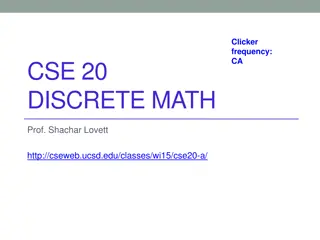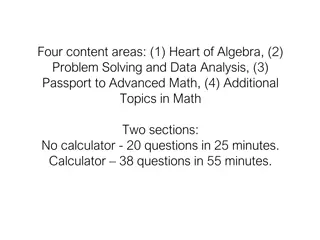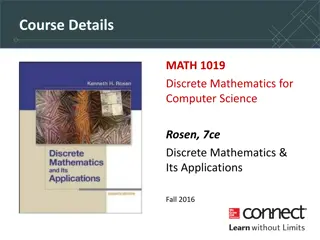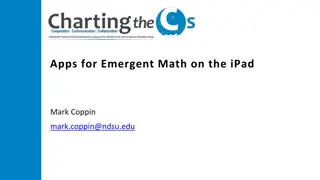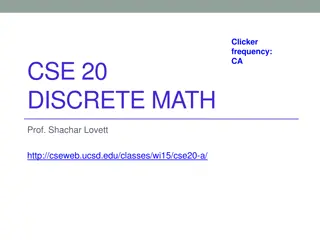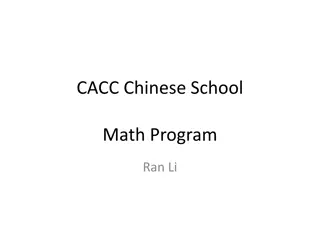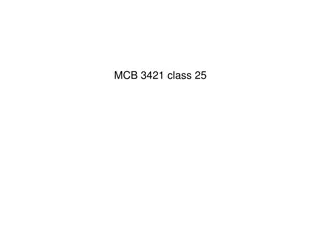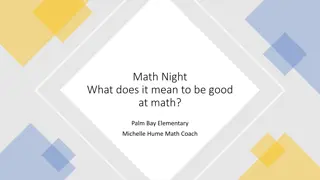Discrete Math: Precondition and Postcondition Example
Predicates are utilized to verify the correctness of computer programs by defining valid input conditions as preconditions and expected output conditions as postconditions. In the context of swapping two variables' values, specific predicates can be used as preconditions and postconditions to ensure the program functions as intended for all valid inputs.
Download Presentation

Please find below an Image/Link to download the presentation.
The content on the website is provided AS IS for your information and personal use only. It may not be sold, licensed, or shared on other websites without obtaining consent from the author.If you encounter any issues during the download, it is possible that the publisher has removed the file from their server.
You are allowed to download the files provided on this website for personal or commercial use, subject to the condition that they are used lawfully. All files are the property of their respective owners.
The content on the website is provided AS IS for your information and personal use only. It may not be sold, licensed, or shared on other websites without obtaining consent from the author.
E N D
Presentation Transcript
Discrete Math: Precondition and Postcondition
Precondition and Postcondition Predicates are also used to establish the correctness of computer programs, The statements that describe valid input are known as preconditions The conditions that the output should satisfy when the program has run are known as postconditions
Precondition and Postcondition Example: Consider interchange the values of two variables x and y. temp := x x := y y := temp Find predicates that we can use as the precondition and the postcondition to verify the correctness of this program. Then explain how to use them to verify that for all valid input the program does what is intended. the following program, designed to
Precondition and Postcondition Solution: For the precondition, we need to express that x and y have particular values before we run the program. So, for this precondition we can use the predicate P (x, y), where P (x, y) is the statement x = a and y = b, where a and b are the values of x and y before we run the program. Because we want to verify that the program swaps the values of x and y for all input values, for the postcondition we can use Q(x, y), where Q(x, y) is the statement x = b and y = a.
Precondition and Postcondition cont Solution: To verify that the program always does what it is supposed to do, suppose that the precondition P (x, y) holds. That is, we suppose that the statement x = a and y = b is true. This means that x = a and y = b. The first step of the program, temp := x, assigns the value of x to the variable temp, so after this step we know that x = a, temp = a, and y = b. After the second step of the program, x := y, we know that x = b, temp = a, and y = b. Finally, after the third step, we know that x = b, temp = a, and y = a. Consequently, after this program is run, the postcondition Q(x, y) holds, that is, the statement x = b and y = a is true.
References Discrete Mathematics and Its Applications, McGraw-Hill; 7th edition (June 26, 2006). Kenneth Rosen Discrete Mathematics An Open Introduction, 2nd edition. Oscar Levin A Short Course in Discrete Mathematics, 01 Dec 2004, Edward Bender & S. Gill Williamson
